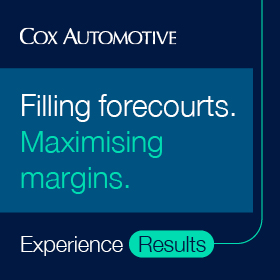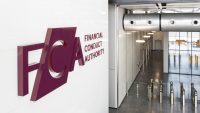A ‘strong’ first half of the year bodes well for a good 2025 for dealers, Auto Trader has said.
Speaking to Car Dealer Live – which you can watch by clicking the video at the top of this story – Auto Trader’s head of strategy and insights, Marc Palmer described the year-to-date as ‘a really good start’ for the used sector, citing year-on-year transaction growth of 6% by the end of May.
He said: ‘Retailers had a good start to 2024, and we’re seeing the same thing happen so far in 2025. March was big, April was up versus last year, and May was another solid month.’
This trend was reflected in Auto Trader’s figures, with the marketplace recording its biggest May ever for platform visits, and last month being the fourth largest month overall.
Despite lingering economic pressures and supply challenges, interest in used cars remains remarkably robust, said Palmer. But he added that he isn’t surprised by this fact, given the history of the used car market since the Covid-19 pandemic.
‘We find that household financial pressures correlate strongly with the new car market, but not the used,’ he said. ‘Cars aren’t a discretionary purchase—people still need them, and they adjust their budgets accordingly.
In May, interest in five-to-10-year-old cars rose 7% year-on-year, as did interest in vehicles over 10 years old.
‘Demand is up across the board,’ Palmer confirmed, adding that engagement with listings remains strong even as external economic factors fluctuate.
Despite the headline figures, Palmer acknowledged that dealer experiences vary widely.
‘Some [used car] dealers say business is booming, while others are struggling,’ he said. Palmer explained that one major reason why dealers could be finding it hard-going at the moment is due to a shortage of three-to-five-year-old vehicles – a consequence of the pandemic’s disruption to new car registrations.
‘If the car didn’t get registered new, it won’t come back as used,’ he explained.
Dealers focused on three-to-five-year-old vehicles are finding it harder to source stock, often turning to unfamiliar brands, fuel types, or older vehicles—creating variability in performance and margin, Palmer explained.
Giving some top tips for dealers to think about for the rest of the year, Palmer said: ‘Firstly, are you prepared for fuel type changes? Full and mild hybrids are up 30% year on year, so dealers need a plan for pricing, merchandising, and selling these fuel types.
‘Secondly, is your stock mix consistent with last year? If you’re doing a year-on-year comparison, you’ll get different results according to the age, the fuel type, and even the brand and the model of the types of cars that are in stock – they’re all going to yield different different results for you.
‘And lastly, are you pricing vehicles to market? With increased operating costs (including rising National Insurance and energy prices), capturing the right margin is more critical than ever. Pricing stability has returned, and dealers must ensure they’re maximising every vehicle’s opportunity.’
Palmer concluded: ‘The market is healthy overall—but making it work for your business depends on understanding your stock, your strategy, and your customer.’































